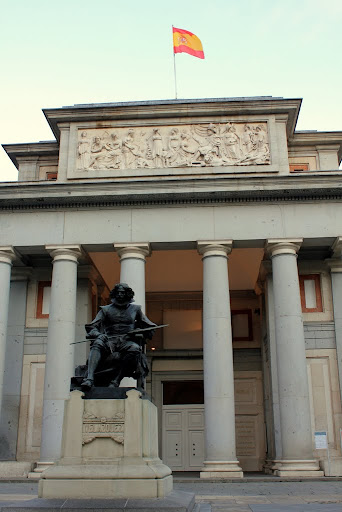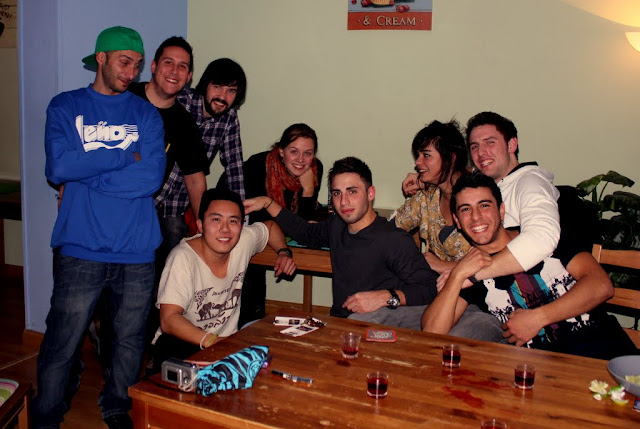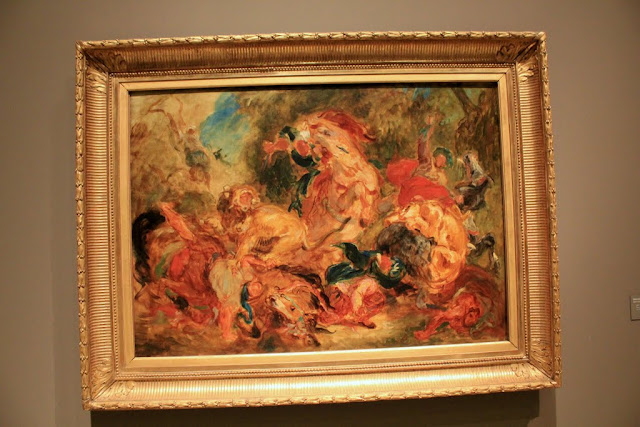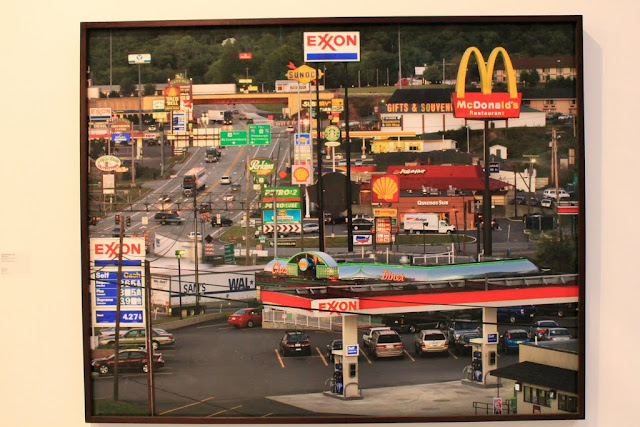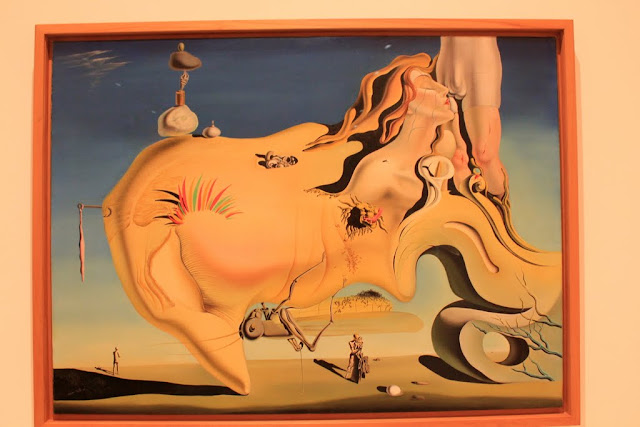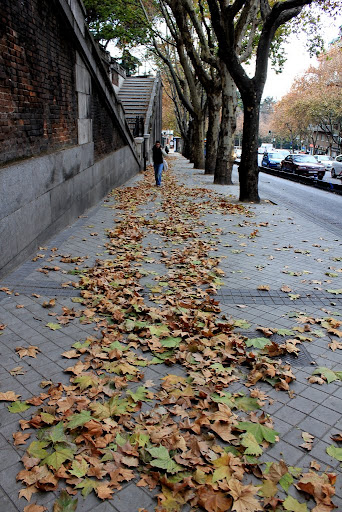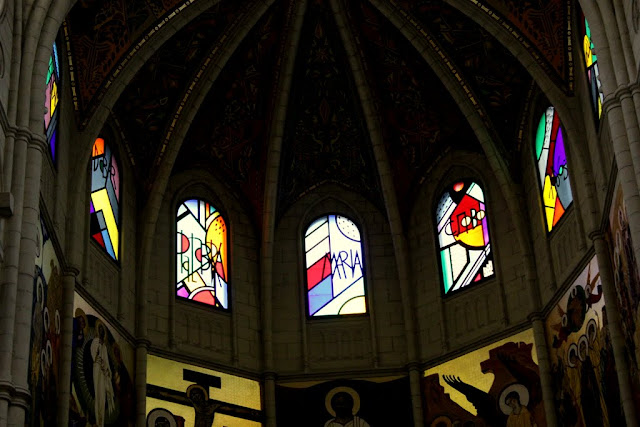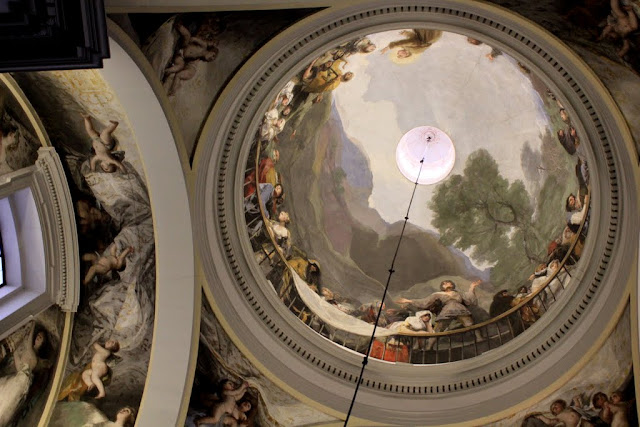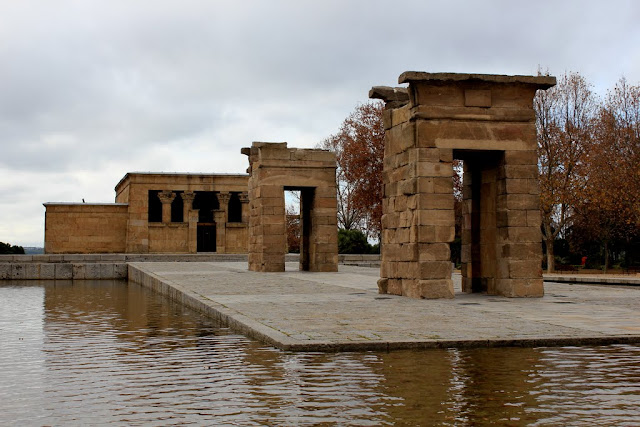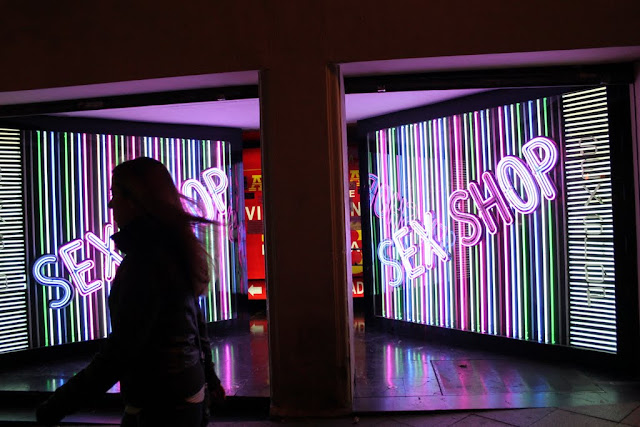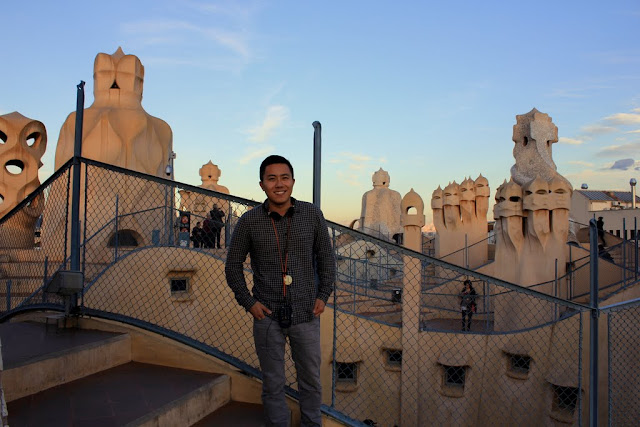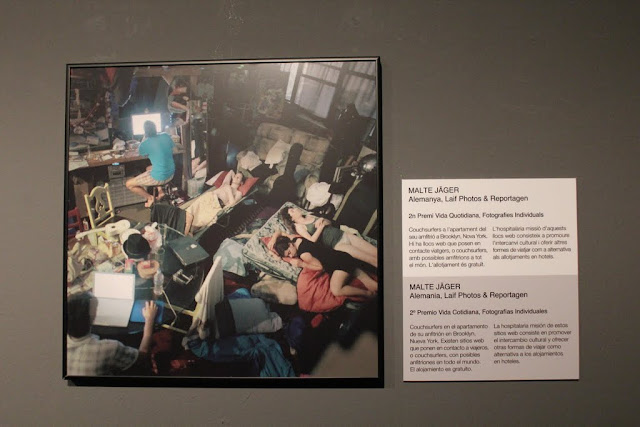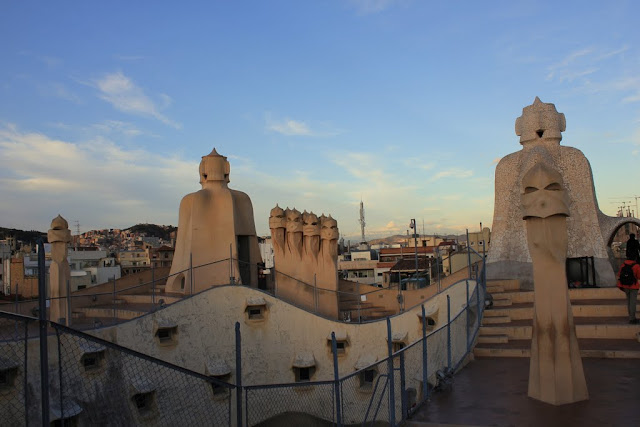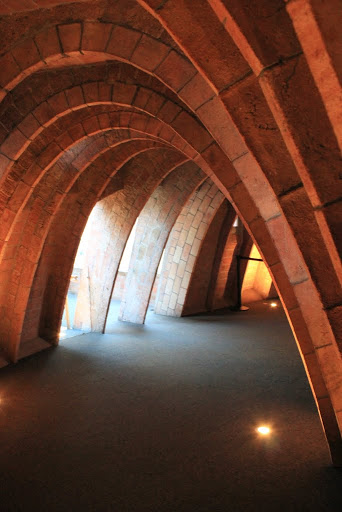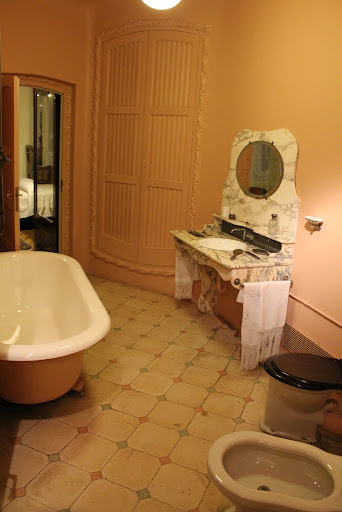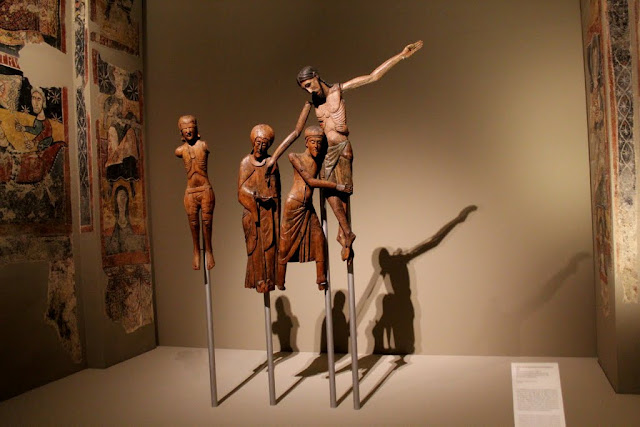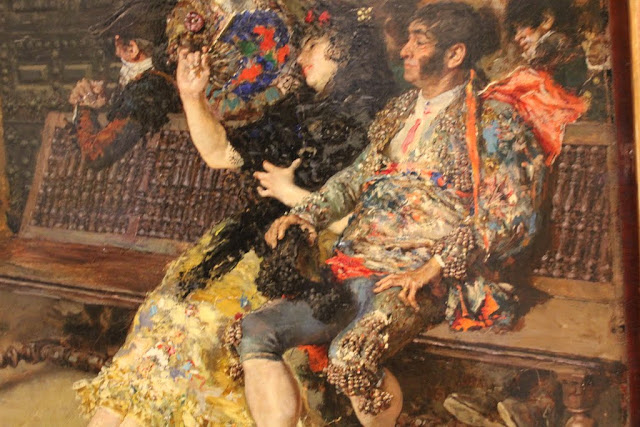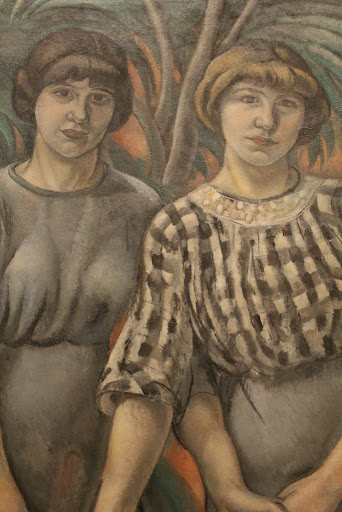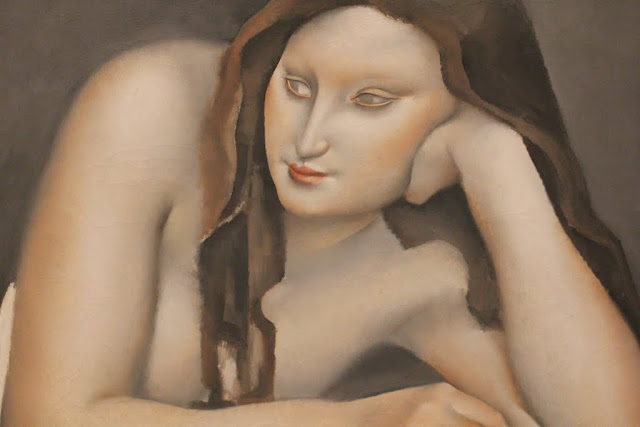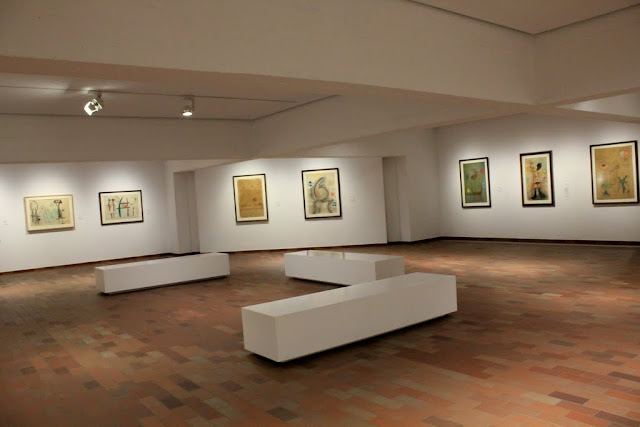I'm finally back in the US today, taking a flight from Madrid to New York City with a layover in Dublin. It feels good to be back somewhere familiar, and just in time to spend Christmas and New Years Eve with some good friends. It's been about 7 months, and I'm a little sad about having this adventure come to an end, but at the same time it's really exciting to be back home. The time had to come sooner or later.
The flights to Ireland and the USA were painless, as were the airport security procedures. It's funny how horrible it is to get out of LAX on any flight somewhere, but other airports can really get their act together and make the experience tolerable. There weren't any long lines and check-in was quick. My flights were with Aer Lingus, and none of the flights were filled to capacity even though it was nearing Christmas. It was rainy in Dublin when I arrived, but the weather wasn't violent or anything that would make for a scary flight.
Seeing the bright lights of New York out the airplane window made me feel really relaxed, and even though I've only visited the city 3 times, I felt at home. It's one of my favorite cities and I even think sometimes of possibly moving here if I find a career here. Maybe these two weeks will be a period for me to get a feel of living here, a trial period. I don't really have too many plans to do touristic things, but just relax after 7 months of non-stop travel. We'll see what happens...

